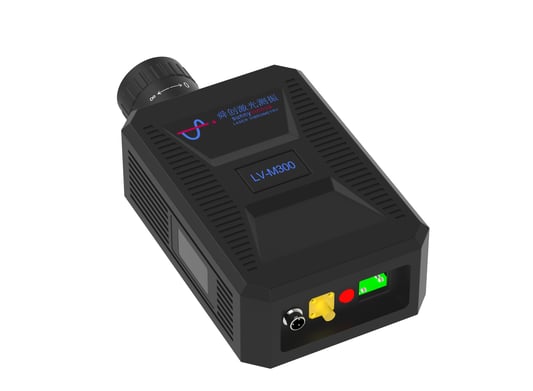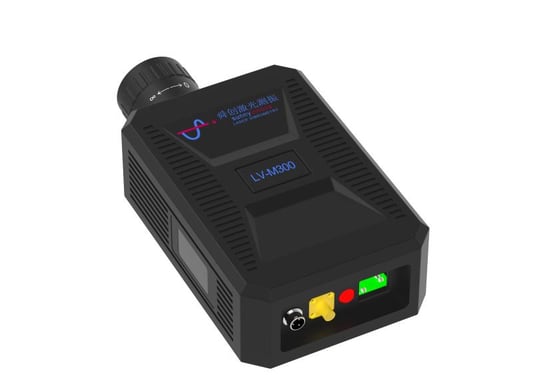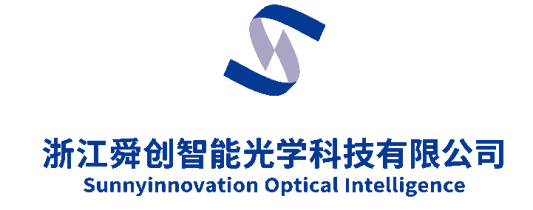Laser microvibration measurement technology, as a representative symbol of non-destructive and non-contact precision vibration measurement techniques, plays an irreplaceable role in structural performance characterization, condition monitoring, fault prediction, and the study of mechanical behaviors in new materials and micro/nano-structures. The unique advantages, such as high precision, high spatial resolution, and full-field measurement, make it a critical enabler for advancing scientific research and strategic industries in China, including high-end equipment manufacturing, aerospace, precision instruments, biomedicine, and next-generation devices. The continued development and innovative application of laser microvibration measurement technology are vital for achieving independent innovation and enhancing capabilities in these fields. Both the technological advancements and their practical applications have attracted significant attention.To facilitate the exchange of the latest research progress, address current technical challenges and bottlenecks, showcase innovative solutions and successful case studies, and promote in-depth collaboration among industry, academia, research, and users, "2025 Symposium on Laser Measurement Microvibration" will be held in Ningbo, December 19-21, 2025. This symposium aims to establish an academic exchange platform, foster consensus, inspire ideas, share experiences, and drive progress, collectively guiding and advancing the innovation and development of laser measurement of microvibration technology. DatesDecember 19–21, 2025 (Registration on December 19).VenueNingda Hotel, Ningbo University818 Fenghua Road, Ningbo, Zhejiang.OrganizersPiezoelectric Device Laboratory, Ningbo UniversityZhejiang SunnyInnovation Optical Intelligence CorporationKey Topics New principles, methods, and precision calibration techniques for laser microvibration measurement.System design, integration, and development of key components for laser microvibration testing.Signal processing, feature extraction, and data analysis algorithms for micro/nano-scale vibrations.Innovative applications in fields such as high-end equipment and aerospace, microelectronics and precision manufacturing, biomedicine, civil engineering and infrastructure, and new energy and materials.Discussions on related instruments, industry standards, and development strategies. AgendaDecember 19: Full-day registration.December 20: Opening ceremony and keynote presentations.December 21: Visit to SunnyInnovation. Registration Please send the scan the QR code below to attend the meeting.









